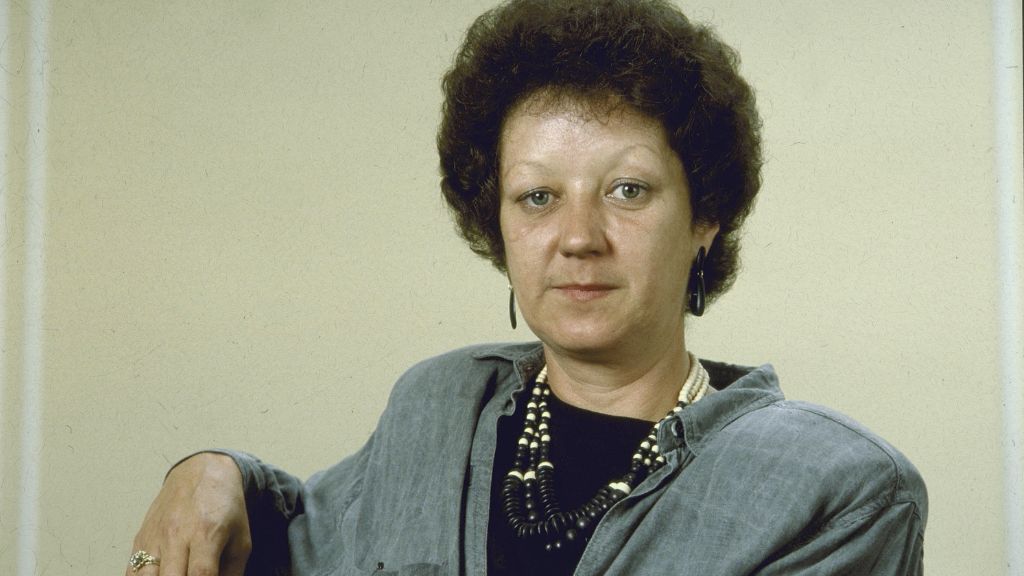Roe v. Wade: Facts about the landmark case
The 1973 court ruling has now been overturned.

Editor's note: This is story will continue to be updated.
In 1973, the U.S. Supreme Court ruled on the landmark case of Roe v. Wade (410 U.S. 113 (1973)), in which seven of the nine sitting justices agreed that the Constitution protects the right to abortion. The case was initially raised to challenge a Texas law that banned all abortions except in the case that the pregnancy was deemed life-threatening to the patient, according to Oyez, a judicial archive maintained by the Illinois Institute of Technology's Chicago-Kent College of Law.
Although the court's ruling established a constitutional right to abortion that applied across the nation, it still allowed states to impose regulations on abortions in the second trimester and even prohibit the procedure in the third trimester, under certain circumstances.
In a case called Planned Parenthood v. Casey (505 US 833 (1992)) that took place in 1992, the Supreme Court upheld the core decisions made in Roe but stated that state restrictions on abortion are unconstitutional if they place "undue burden" on the person seeking the procedure, according to Oyez. This ruling still forbid states from banning the majority of abortions, but it broadened the states' power to regulate the procedure.
On June 24, 2022, the Supreme Court overturned Roe v. Wade in a 6-3 ruling and thus eliminated the constitutional right to abortion.
Related: Is a 'fetal heartbeat' really a heartbeat at 6 weeks?
Who was Jane Roe?

In 1970, a woman living in Texas — referred to by the pseudonym "Jane Roe" in court documents — filed a lawsuit against Henry Wade, the district attorney of Dallas County, according to Oyez.
Get the world’s most fascinating discoveries delivered straight to your inbox.
After the case's conclusion, several news outlets reported that the plaintiff was Norma McCorvey, a Texas woman in her early 20s; McCorvey later came forward and confirmed these reports, according to the LA Times.
McCorvey sought an abortion in Texas in 1969 after she'd become pregnant for the third time. The child that resulted from her first pregnancy was adopted and raised by McCorvey's mother, and the second child was adopted by another family, according to the LA Times. McCorvey was denied an abortion for her third pregnancy because, at the time, a Texas law made abortions a crime, except in the case that the pregnancy was deemed life-threatening by a doctor.
Other Texas laws allowed abortions in the case of rape or incest, so at the time, McCorvey's friends suggested that she claim her pregnancy was a result of rape, but she'd had no means to back such a claim, according to the National Constitution Center.
McCorvey then sought to have an illegal abortion but was unsuccessful. Several months into her pregnancy, she met attorneys Linda Coffee and Sarah Weddington, who were building a case to challenge anti-abortion laws in Texas. McCorvey agreed to be the plaintiff in a lawsuit they filed against the district attorney of Dallas County, where McCorvey lived. The case would later be appealed to the U.S. Supreme Court, according to the LA Times.
McCorvey carried out her pregnancy and delivered her baby before the first arguments were presented in the highest court of law. Her child was born in a Dallas hospital in 1970 and then placed for adoption, according to History. 51 years later, in 2021, a woman named Shelley Lynn Thornton came forward as the "Roe baby," The Atlantic reported.
McCorvey died in 2017 at age 69, The New York Times reported.
Details of the case
The initial suit in Texas was filed on behalf of McCorvey and all the other women "who were or might become pregnant and want to consider all options," according to History. The plaintiff argued that the Texas abortion laws were "unconstitutionally vague and abridged her right of personal privacy, protected by the First, Fourth, Fifth, Ninth, and Fourteenth Amendments," according to Oyez.
The U.S. District Court for the Northern District of Texas ruled in favor of McCorvey, stating that, yes, the Texas law was unconstitutional because it violated the right to privacy covered in the Ninth Amendment, according to the National Constitution Center.
(The Ninth Amendment states that "the enumeration in the Constitution, of certain rights, shall not be construed to deny or disparage others retained by the people." Broadly speaking, that means that citizens aren't restricted to only rights listed in the Constitution; unlisted rights still belong to the citizens.)
Texas appealed the court's decision to the Supreme Court in 1970, and the initial arguments were heard in December 1971 and the case was reargued in October 1972. Finally, the court decided the case on Jan. 22, 1973, ruling 7-2 in favor of Roe, according to Oyez.
Earlier court cases had drawn on language in the First, Fourth, Ninth, and Fourteenth Amendments to argue that citizens have certain "zones of privacy," according to the National Constitution Center. These zones of privacy covered activities such as contraception, marriage and child rearing. For example, in 1965, the Supreme Court used this justification to overturn a law banning the distribution of birth control to married couples, and in 1972, on a similar premise, it struck out a law forbidding the distribution of contraceptives to unmarried adults, according to History.
In Roe v. Wade, the justices deemed that these zones of privacy are "broad enough to encompass a woman’s decision whether or not to terminate her pregnancy," according to the National Constitution Center.
In its decision, the court stated that states could not regulate any abortions in the first trimester, stating that only the patient and their doctor could be involved in that decision. However, the state may regulate abortions in the latter two trimesters, for the sake of protecting the pregnant person's health and "protecting the potentiality of human life."
"In the second trimester, the state may impose regulations on abortion that are reasonably related to maternal health," accoridng to Oyez. "In the third trimester, once the fetus reaches the point of 'viability,' a state may regulate abortions or prohibit them entirely, so long as the laws contain exceptions for cases when abortion is necessary to save the life or health of the mother."
In 1992, the court's ruling on the Planned Parenthood of Southeastern Pennsylvania v. Casey case adjusted this trimester framework. This later case affirmed that citizens hold a constitutional right to abortion under the Fourteenth Amendment and said that the right may not be unduly interfered with prior to the fetus reaching "viability," according to the National Constition Center.
In this context, to place an "undue burden" on a woman seeking abortion is to introduce a "substantial obstacle in the path of a woman seeking an abortion before the fetus attains viability," Oyez states.
Originally published on Live Science.

Nicoletta Lanese is the health channel editor at Live Science and was previously a news editor and staff writer at the site. She holds a graduate certificate in science communication from UC Santa Cruz and degrees in neuroscience and dance from the University of Florida. Her work has appeared in The Scientist, Science News, the Mercury News, Mongabay and Stanford Medicine Magazine, among other outlets. Based in NYC, she also remains heavily involved in dance and performs in local choreographers' work.


